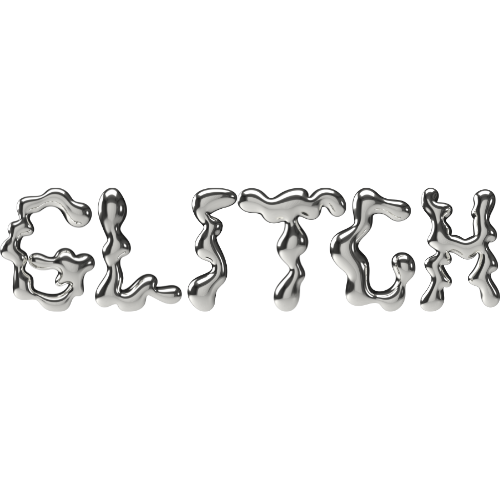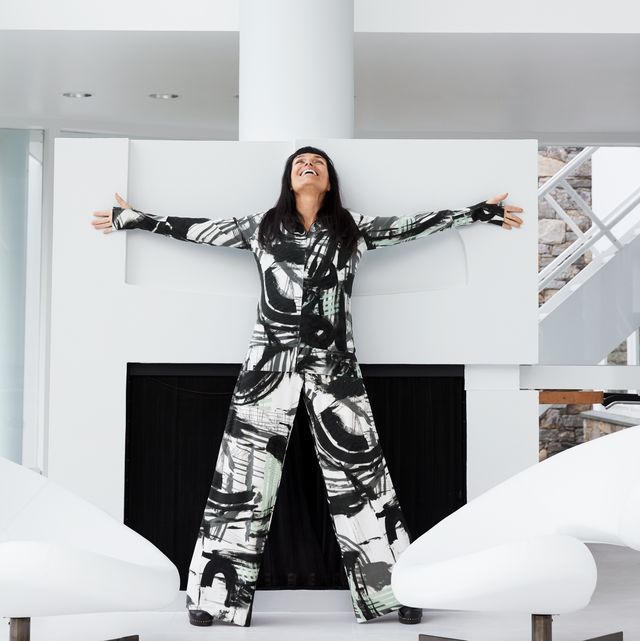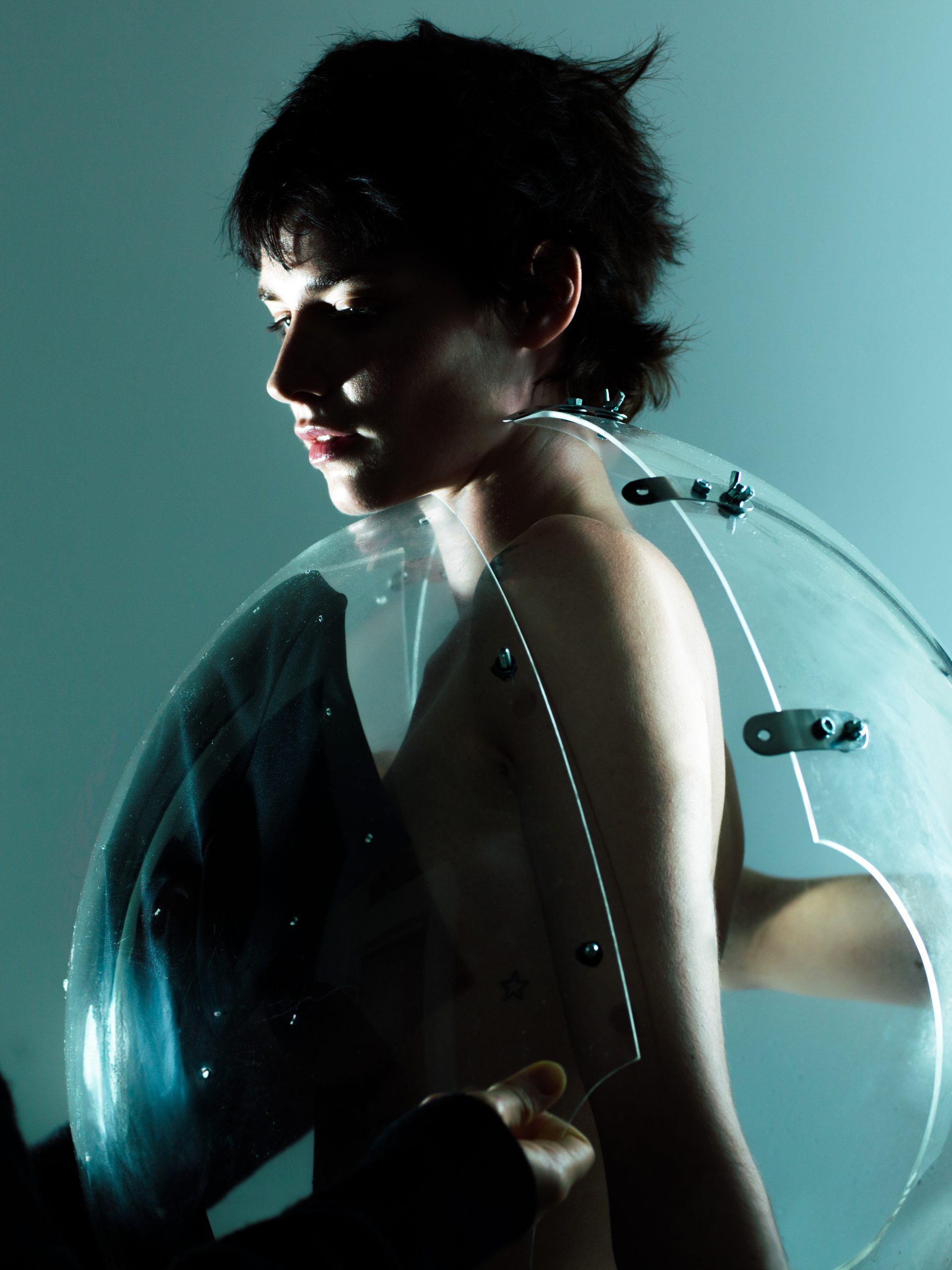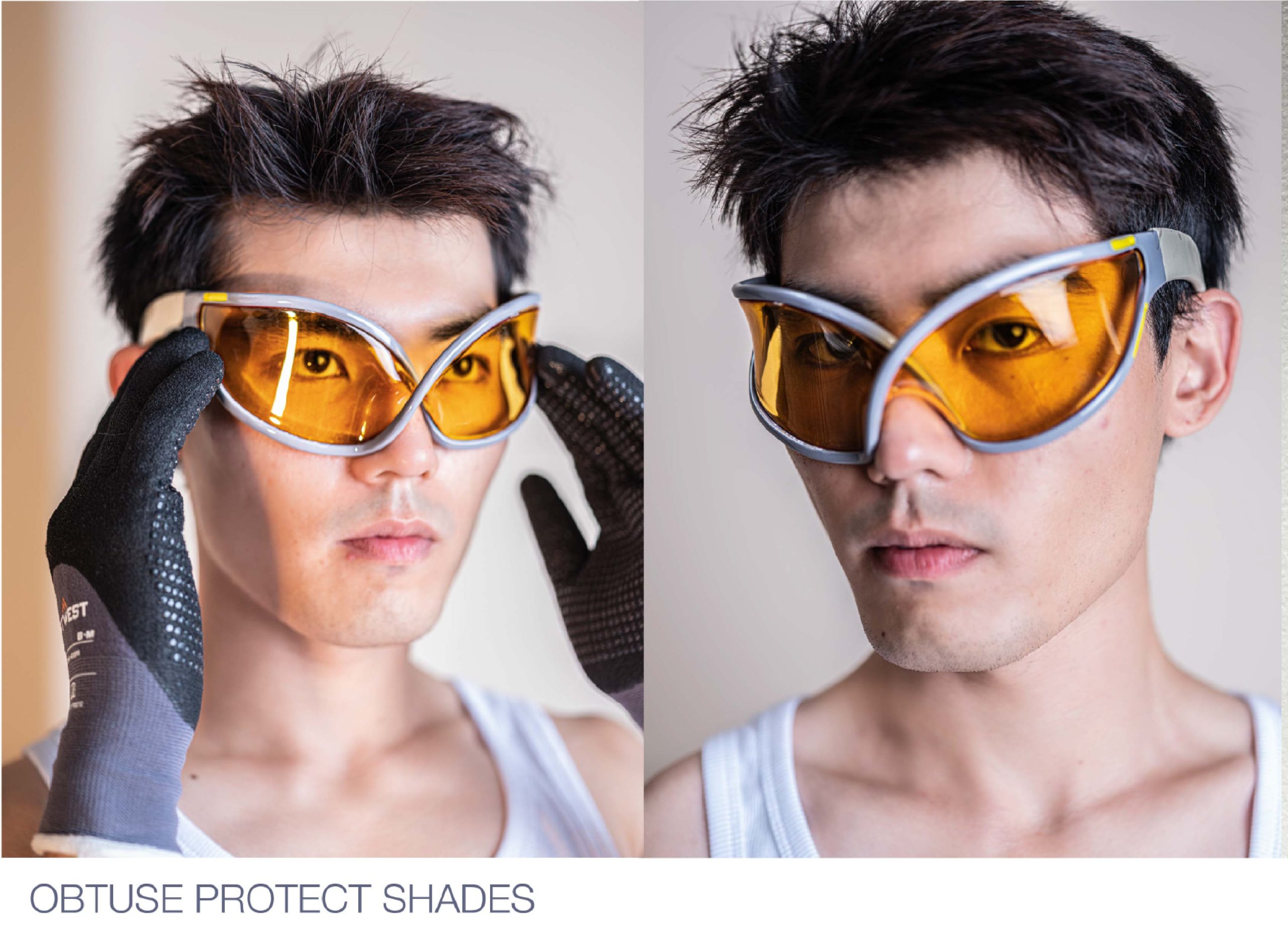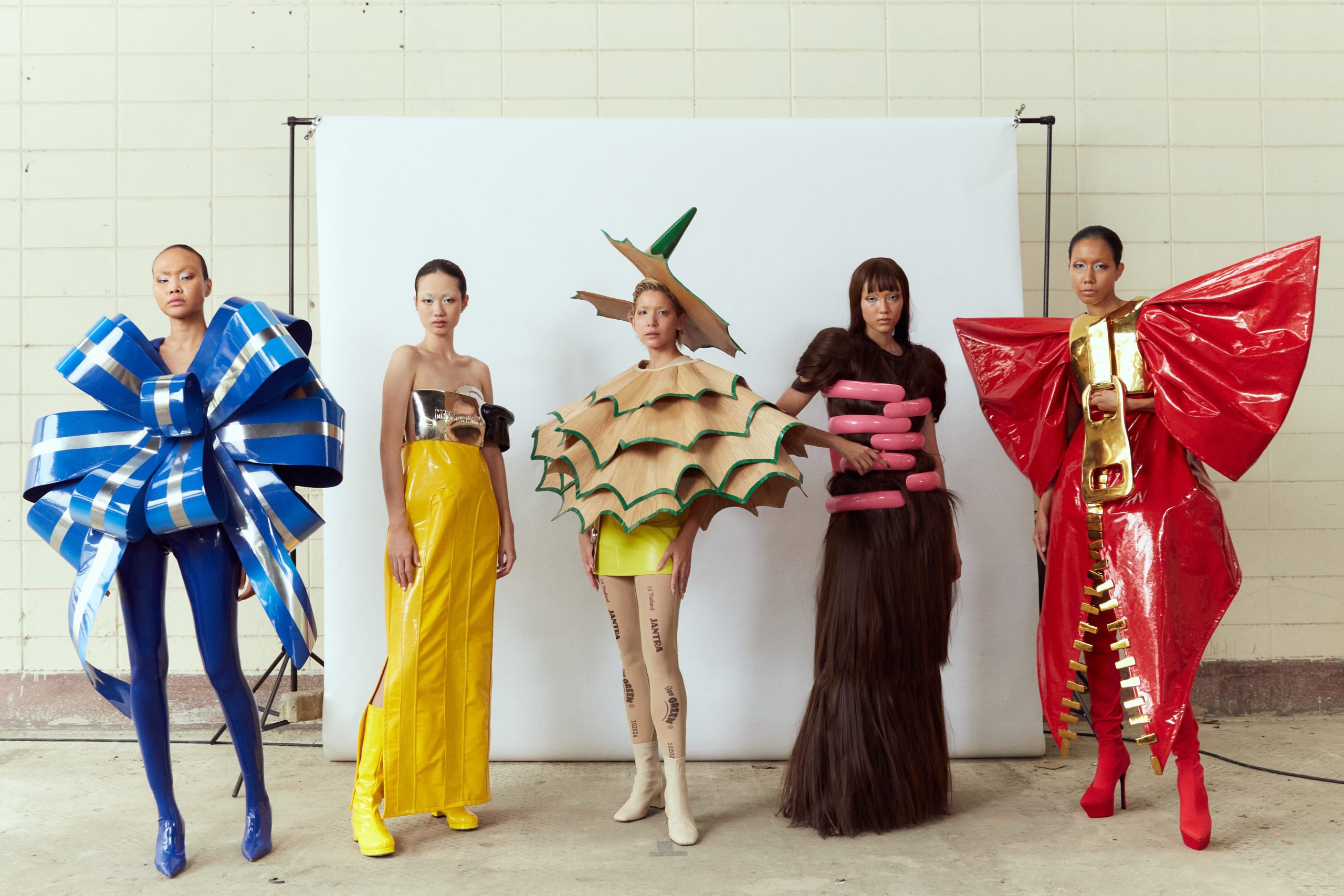Well, Norma Kamali seems to think so.
At the start of 2024 the 78 year old designer announced that she was training AI to sustain her fashion legacy. With no intention of retiring, but a dedicated interest in the future and longevity of her company, Kamali has begun to think how technology could preserve her artistic merit and skill. Specifically, she intends to distill the spirit of her design into data that can be held indefinitely by a machine. Kamali built her company from scratch, she has spearheaded it for over 50 years, and now she wants that success to be infinite and immortal, in contrast to her mortal and aging body.
In January, Norma Kamali revealed she has been collaborating with Masion Meta to build a tool that will aid her design team in a uniquely new way. The AI tool in question will allow her heirs to draw on her unique creative spirit, and spontaneously create anew. This design tool, like all AI models, draws off a huge data set, and in this instance the tool has been fed all the archival collections of the brand.
Kamali seems to be insistent that the tool will not replace her protegees and successors, but instead it will strengthen the tapestry of her brand which is so very interlinked with her person. Prompted by text, the machine will curate the best results from the best inputs. The hope is that the machine will help to facilitate design discussions, and almost imitate Norma’s role within this current round table.
It seems non-negotiable that such a tool, infused with year upon year of sketch, fabric, and story, will make the legacy of a brand more sturdily interweft with its history and founder. The potential value of a system like this is yet unknown within the fashion industry. The system will act as an almost instantaneous deep dive into the rich historical essence of a brand, allowing designers to spin out new collections that sing to brand roots. As with all tech-led software, human selectivity and preference is omitted, allowing a more random and authentically creative system of ideation. The element of dulled of preferential memory is also eradicated – whilst some designers may focus on remembering the most successful and applauded pieces of the archives, machines will remember the good, the bad and the discontinued.
It is inevitable that AI will design for fashion houses. It will streamline teams and automate the mundane, but it also won’t necessarily replace jobs. As our world speeds up, this integration is unstoppable and necessary. But, amidst the excitement and heralding of new tech, AI integration into design doesn’t guarantee foolproof success.
There are still lots of muddy questions over the capabilities of AI. Whilst its ability to co-create with humans, and feed off of case histories is remarkable, there are flashing question marks over its ability to be original.
Is AI able to guide a brand to cruise beautifully over the humps and bumps of modern culture? Will designs cultivated by machine learning, be able to remain relevant, or will they just cyclically rechurn the past? The questions and grievances boil down to whether AI systems, that work to excavate the creativity of the past, will leave fashion houses to become boring and stagnant. Isn’t evolution, and radical unexpected change intrinsic to success stories?
AI might in fact prohibit breakthrough talent from redirecting drowning brand names. As such, it will prohibit these voices from carving out their very own protagonist story lines. We could be entering an era where AI, understood and utilized mostly by those at the top of the game, is used as a barrier to gate keep and cling on to directorial positions. Whilst this may seem a dramatic conclusion, there is definitely some level of truth that stagnancy might run in parallel with increased AI adoption.
In the instance of Norma Kamali, the her AI design tool is planned to be run from an advanced computer hardware system built into her office. This ensures an added level of security versus having it run on the cloud. This decision leads us to question whether incorporating such richly data-fed AI into creative teams poses a threat to creative confidentiality. If we are entering an era where creativity becomes extracted and concentrated into an online system, surely we are building a world where creativity can be hacked, blocked and wiped.
AI can’t instill a personal workplace culture, become a socialite and a persona, or foster a brand sentiment and story with the same energy that a physical person can. Whilst we can try to download ideas and passion from the human body, and re-inserting them into a machine, there is definitely a ripple effect in removing the physical person from the brand landscape. This is something fashion houses and teams will have to learn to learn to navigate as our processes of fashion become ever changed.
Written by Hebe Street from GLITCH Magazine
